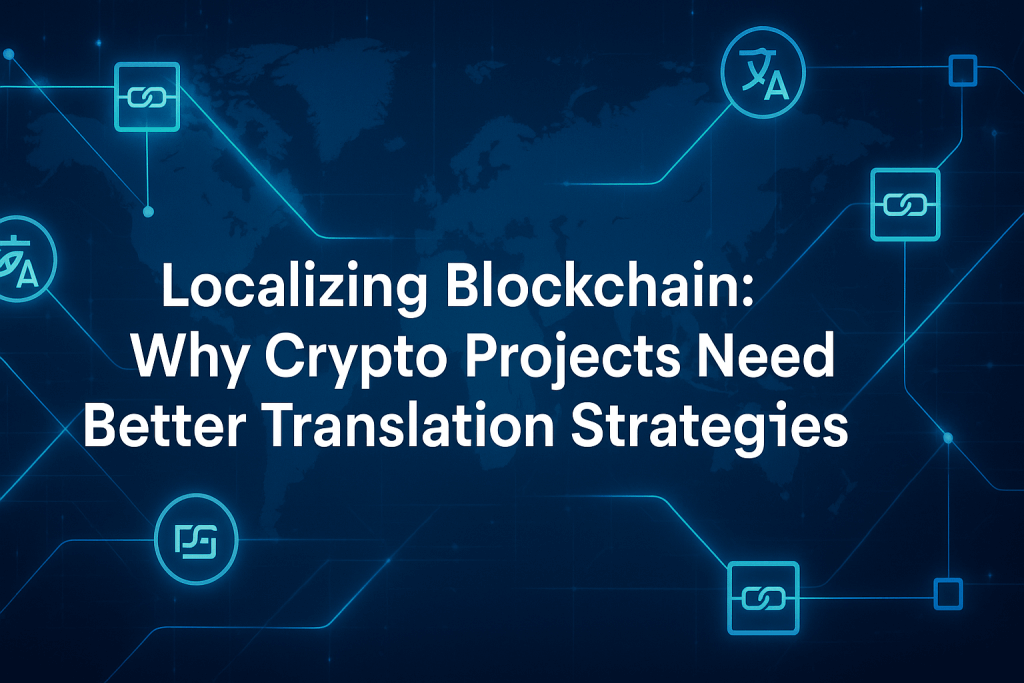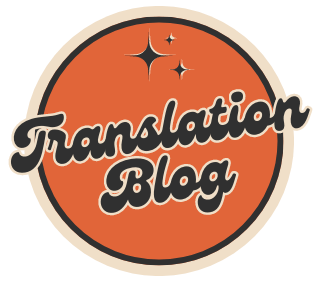In the ever-expanding universe of blockchain, where innovation seems to outpace regulation and user expectations evolve at breakneck speed, one thing often remains an afterthought—language. Picture this: a brand-new user in Brazil downloads a free crypto wallet in hopes of joining the crypto hype, only to be met with menus awkwardly translated from English, riddled with technical jargon, and utterly devoid of cultural context. It’s like handing someone a treasure map written in a dialect they barely understand—the gold might be there, but good luck finding it.
Localization isn’t merely a linguistic exercise. It’s a strategic, culturally sensitive adaptation process that enables crypto projects to communicate directly with users in their own language, values, and financial realities. And in an industry that thrives on decentralization and global accessibility, failing to localize properly is akin to building a rocket ship without installing a navigation system. You’ll launch, but you won’t land where you intended.

Beyond Translation: Why Words Alone Don’t Cut It
Translation and localization are not interchangeable. While translation converts words, localization translates meaning, emotion, and user intent. For example, translating “staking” directly may render a technically correct term. Still, without context or explanation, many global users will assume it relates to gambling or agriculture, depending on their native language.
Effective localization dives deeper. It adapts terminology, rewrites UI text for clarity, considers right-to-left languages like Arabic, and understands when to swap metaphors or cultural references. And yet, many crypto projects still rely on automated tools or non-native freelancers who may understand the words, but not the weight they carry.
Crypto Is Global, But Adoption Is Local
According to Chainalysis, countries such as Vietnam, Nigeria, and the Philippines rank among the top adopters of cryptocurrency, primarily driven by remittances, inflation hedging, and mobile accessibility. However, most whitepapers, documentation, and even core interfaces of crypto platforms are still developed in English first, and often only in English. That’s like opening a shop in Tokyo with signage only in Portuguese—ambitious, but out of touch.
Worse still, poor localization leads to user frustration, misinformation, and financial loss. An inaccurately localized phrase in a wallet’s security settings can result in users unintentionally exposing their seed phrase or missing a vital backup process. In a space where “not your keys, not your coins” is gospel, every word matters.
Why Human Nuance Matters in Blockchain Communication
Take, for instance, the phrase “gas fees.” A term familiar in the Ethereum world, it makes sense to those already swimming in the Web3 pool. But try translating that literally in Korean or Swahili. Without a parallel financial concept or a clear contextual explanation, the term becomes either meaningless or misleading.
This is why crypto brands that prioritize localization are already seeing dividends, not just in user growth but in trust. Trust, after all, is the cornerstone of any financial relationship, especially when dealing with digital assets. And trust begins with comprehension.
Case in Point: Expanding Wallet Use Across Regions
Digital wallets remain the gateway to the crypto world. Whether it’s storing stablecoins, sending tokens, or exploring DeFi dApps, wallets are at the heart of every blockchain interaction. Yet many wallet interfaces read like an engineer’s notebook rather than a user-friendly guide.
Suppose a user in Turkey wants to buy a Shiba Inu with a debit card. That process may involve navigating several screens of untranslated content, legal disclaimers in a foreign language, and support articles filled with Western idioms. By the time they’re ready to click “confirm,” confusion may have set in—or worse, hesitation.
When platforms fail to speak their users’ language—literally and figuratively—they put up unnecessary barriers. And in crypto, where users are already wary of scams, hacks, and volatility, clear communication isn’t just nice to have—it’s survival.
Better Localization Means Broader Inclusion
Let’s face it: crypto has a diversity problem, not just in demographics but in design. If decentralization is the ethos, inclusion should be the method. That means thinking beyond the English-speaking, tech-savvy early adopter. That means designing for the farmer in rural India using mobile data sparingly, or the gig worker in Kenya seeking fast cross-border payments.
Localization is the tool that makes blockchain truly inclusive. It helps level the playing field by removing linguistic and cultural barriers. With better translation strategies, crypto becomes not just accessible but meaningful to diverse communities. When users can read, relate, and respond in their native language, they are empowered, not just onboarded.
What Crypto Projects Can Do Today
Projects that aim to gain global traction should incorporate localization into their product roadmap from the outset. This means hiring native speakers, testing UX flows in multiple languages, creating region-specific educational materials, and continuously collecting feedback from diverse users.
It also means knowing when to avoid direct translation. For example, marketing phrases that resonate in the US, such as “take control of your financial future, —may ring hollow or even suspicious in cultures with high distrust of digital finance. Instead, messages should be localized with empathy and cultural insight, reflecting the values and economic realities of each region.
Community involvement is also critical. Crypto thrives on grassroots advocacy, and local ambassadors or community translators often know the pulse of their region better than any centralized team. Crowdsourcing with care—while maintaining high-quality standards—can transform your global community into a localization superpower.
Final Thoughts: Speak Their Language, Win Their Loyalty
Crypto has the potential to disrupt global finance, but only if it learns to speak the world’s languages—not just linguistically, but contextually and culturally. The blockchain industry is building new roads, but those roads must lead somewhere people want to go. And they must be paved with clarity, relevance, and respect.
Because in the end, it’s not just about translating interfaces or whitepapers. It’s about translating trust. And that can’t be done by a machine or rushed through with one-size-fits-all thinking. It takes nuance, intention, and a willingness to listen.
If crypto wants to go far, it needs to go together—and to go together, it must speak to everyone, everywhere, on their terms.

